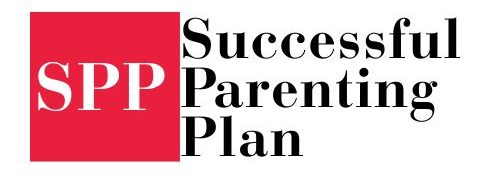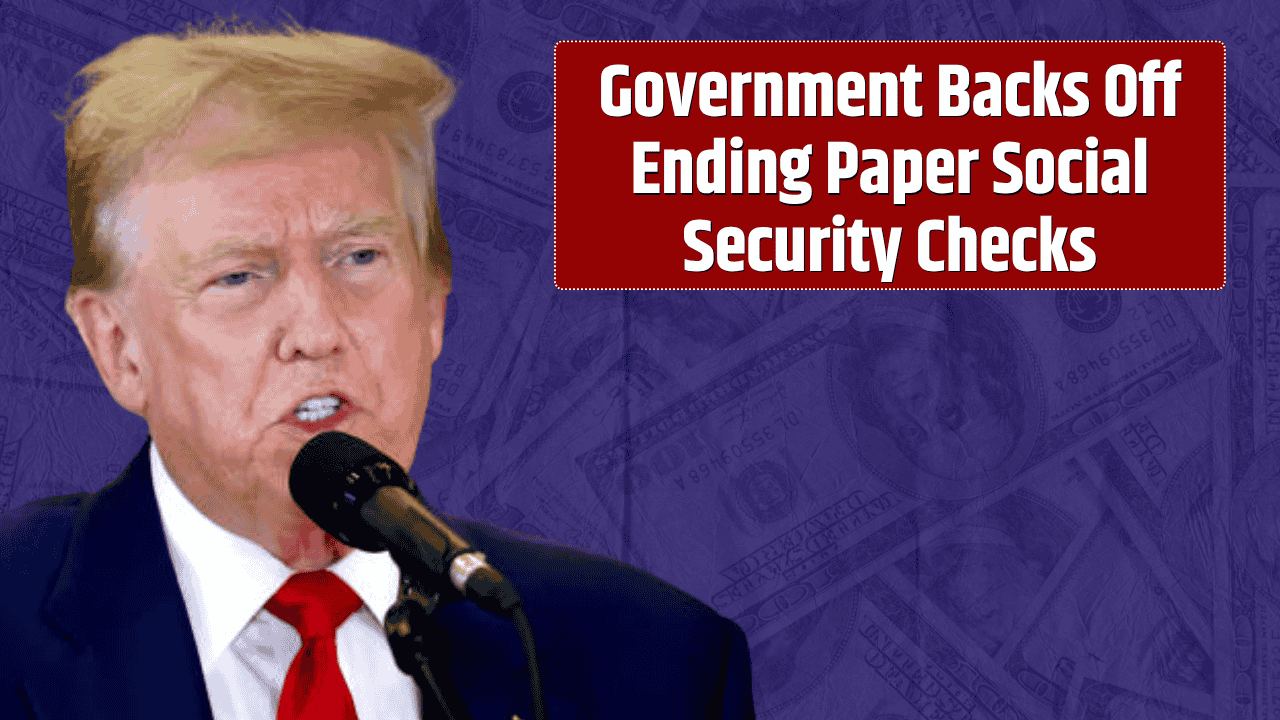Join on WhatsApp
Get the latest updates directly on WhatsApp – motivation, news & more!
By the time September wrapped up, a quiet milestone almost slipped past unnoticed — the near extinction of the old-fashioned Social Security paper check. For decades, it was a fixture of American retirement, a monthly envelope that meant the bills could be paid and the fridge could be filled. But on September 30, 2025, the Social Security Administration (SSA) was ready to mail the very last one.
Then came the backlash — and just like that, the government blinked.
The Plan to End Paper Checks
This wasn’t a sudden move. The U.S. Treasury Department has been inching toward full digital payments since 2011, when it launched the Go Direct initiative, citing cost savings and security. Each paper check costs roughly 50 cents to print and mail — versus about 15 cents for a direct deposit. Multiply that by 69 million beneficiaries, and the government spends tens of millions of extra dollars every year to keep the printing presses running.
It’s not just about money. Paper checks are also 16 times more likely to be lost or stolen than electronic payments, according to Treasury data. The cost of replacing them — from fraud claims to processing fees — adds up fast.
So when former President Donald Trump signed a March 2025 executive order instructing agencies to “eliminate physical payments to the extent permitted by law,” the SSA followed suit. The plan was straightforward:
Stop mailing paper checks by September 30, 2025.
A Treasury spokesperson defended the shift, saying, “We’re saving taxpayer money and preventing theft. Electronic payments are safer, faster, and far more efficient.”
And truthfully, the transition was nearly complete — 99.4% of all Social Security and SSI recipients were already being paid electronically. But that last 0.6% — roughly 400,000 Americans — sparked a national outcry.
| Key Figures (as of Sept 2025) | Details |
|---|---|
| Total beneficiaries | 69.5 million |
| Electronic payment users | 99.4% |
| Paper check recipients | ~400,000 |
| Cost per paper check | $0.50 |
| Cost per electronic payment | $0.15 |
The People Behind the Numbers
Who are these holdouts — the few still waiting on that familiar envelope?
Mostly, they’re older, lower-income Americans in rural or remote communities, where banking and internet access are limited. California tops the list with about 43,000 paper-check recipients, followed by Texas (28,000) and Florida (24,000).
“They’re not clinging to paper out of nostalgia,” said Nancy Altman, president of Social Security Works. “Many don’t have bank accounts, can’t afford account fees, or simply can’t manage digital tools. For them, paper checks aren’t optional — they’re survival.”
It’s a reality backed by data. The Federal Communications Commission (FCC) reports that 17 million Americans still lack reliable broadband, many in rural or tribal areas. Others remain “unbanked,” unable to open or maintain accounts due to minimum balance requirements or debt history.
So when SSA announced the cutoff, phone lines jammed. Advocacy groups and lawmakers flooded the agency with complaints, warning that thousands of seniors could be left without access to their benefits.
A Quiet Reversal
Just 11 days before the planned cutoff, the SSA quietly softened its stance. On September 19, 2025, the agency published a blog post assuring beneficiaries that “no one’s benefits will be interrupted if they haven’t yet switched to electronic payments.”
Behind the scenes, officials were scrambling to balance modernization with fairness.
By early October, Matthew Bilenki, SSA’s Director of Finance and Management, confirmed that the agency would continue issuing paper checks to those who couldn’t reasonably transition to electronic payments.
“Our goal is digital access, not digital exclusion,” an SSA spokesperson said in a statement.
| Updated SSA Policy (as of Oct 2025) | Description |
|---|---|
| Electronic payments encouraged | Direct deposit or Direct Express card |
| Paper checks still available | For hardship or accessibility cases |
| Hardship criteria | No bank access, disability, or cognitive limitations |
| Deadline | Indefinite extension |
| Outreach campaign | Field office calls, mailers, and in-person guidance |
In short: paper checks aren’t disappearing — at least, not yet.
Between Modernization and Inclusion
On paper, the shift to digital looks like progress. It saves money, reduces fraud, and speeds up payments. But modernization, as critics point out, can sometimes forget the human side.
“You can’t modernize your way past human reality,” said one AARP policy analyst. “The same systems designed to simplify often end up excluding the most vulnerable.”
The SSA’s digital pivot mirrors efforts across government — from the IRS to Veterans Affairs — to cut costs through automation. But each transition bumps into the same roadblock: the digital divide.
For older or disabled Americans on fixed incomes, even small tech barriers — remembering passwords, handling two-factor authentication, or navigating an outdated phone — can mean the difference between getting paid and missing rent.
That’s why the SSA’s reversal carries symbolic weight. It’s a rare moment of bureaucratic humility, a recognition that efficiency can’t come at the expense of access.
What Happens Next
SSA field offices nationwide are now ramping up outreach. Each paper check mailed since October includes an insert explaining three official payment options:
- Direct deposit into a personal bank or credit union account.
- Direct Express® Debit Mastercard, designed for people without bank accounts.
- Hardship waiver, available through the Treasury Department for those who truly can’t switch.
Recipients are being encouraged — not forced — to move online. Meanwhile, the Treasury still maintains a long-term goal of reaching 100% electronic payments “in the coming years.”
Until then, the paper check remains — a relic still doing its job, one envelope at a time.
As one Texas retiree told The Dallas Morning News:
“I’ve had a check in my hand every month since 1991. I’ll stop cashing it when they stop printing it.”
FAQs
Did the SSA really plan to end all paper Social Security checks?
Yes. The agency initially targeted September 30, 2025, to fully phase out paper checks under a federal executive order.
Why did the government reverse course?
After strong public backlash, the SSA announced it would keep issuing checks for those unable to switch to electronic payments.
Who can still receive paper checks now?
Recipients with no bank access, disabilities, or cognitive barriers — essentially, those who qualify for a hardship exemption.
How can beneficiaries switch to electronic payments?
By signing up for direct deposit or a Direct Express® Debit Mastercard through SSA.gov/myaccount or by calling 1-800-772-1213.
Are paper checks going away completely in the future?
Eventually, yes — the Treasury’s long-term plan is for full electronic transition. But there’s no new deadline after the 2025 reversal.




